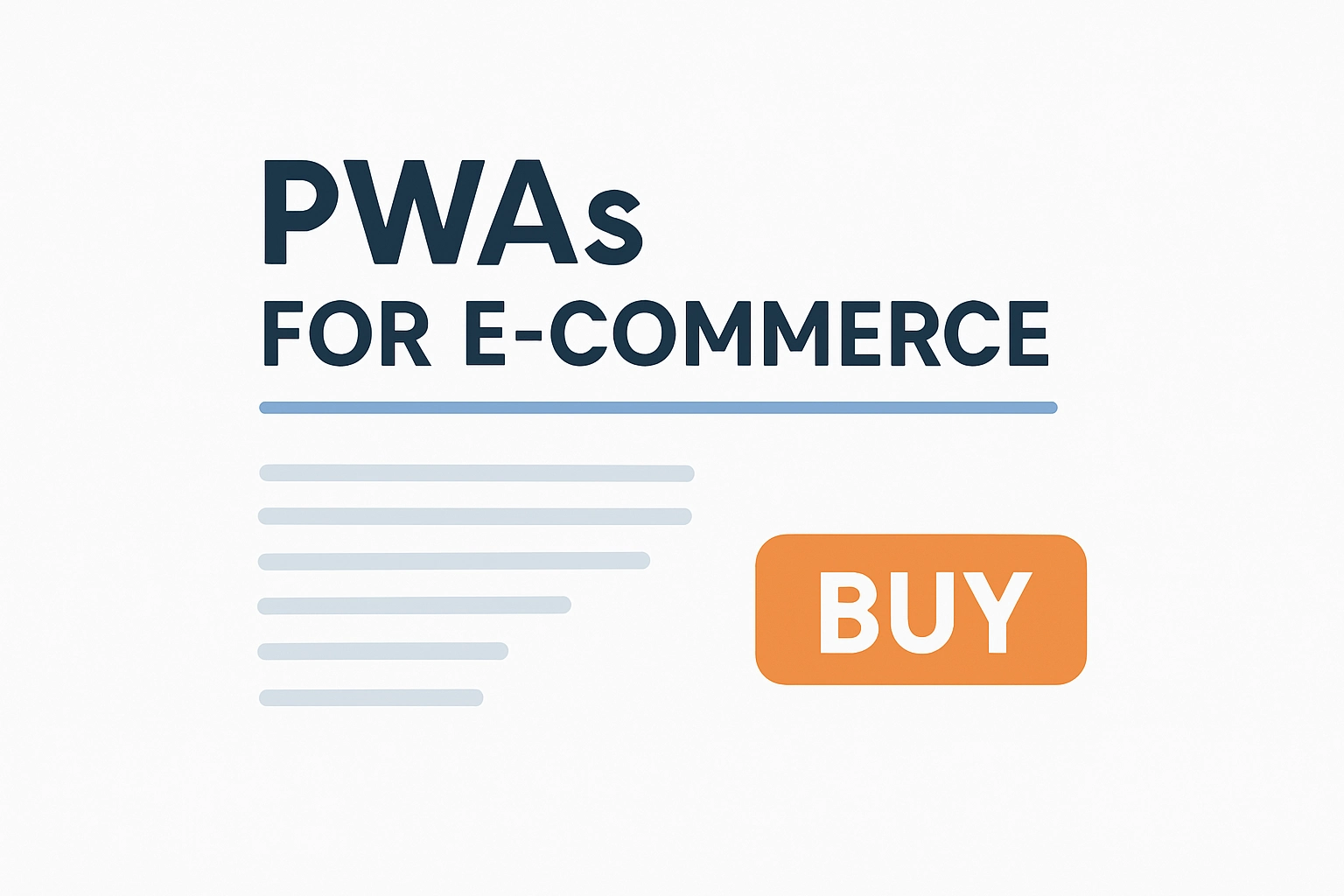Using Enterprise Software Solutions to Streamline Your Business Operations
07 Oct 2024As your business grows, it's important to have the right tools to manage the business operations. Operations like manufacturing, sales, marketing, finance, human resources, logistics, and IT. The next stage usually involves doing away with repeated tasks by optimizing them, managing resources, enhancing quality, etc.
Most companies though struggle to transition into this next stage, all these fancy words like “streamlining” sound too techy, but that couldn't be far from the truth, so let's break it down.
Why do we need to streamline?
- Task Efficiency - Manual and repeated tasks such as data entry, excel sheet calculations, and other functions that must be done by following certain conditions or rules can all be streamlined.
- Less scope for Errors - Errors are bound to occur due to exhaustion, multi-tasking, long hours of work, etc. Enterprise Software solutions are made to fit a specific need, all while maintaining maximum accuracy and less to zero errors.
- Good Planning - With access to all the analysis data from the software, you can use it to identify gaps, and redundancies, and plan the flow of tasks efficiently.
Now, that you have an overall understanding of the importance of streamlining, let's see what streamlining is actually about.
What do Streamlining Processes Mean?
It simply means to use automated and reliable technologies instead of traditional manual flow. In reality, leveraging technology to streamline your process can save you much-needed crucial time for tasks that need human intervention or looking. The goal is to improve productivity, have better time management, reduce errors and risks, improve efficiency, and enable customer satisfaction.
How to Streamline Processes
Analyzing current processes involves several steps to identify inefficiencies, optimize performance, and improve overall process outcomes. Here are some common approaches:
- Process Mapping: Here you need to visualize the current process flow using flowcharts or diagrams to understand each step and identify blocks or redundancies.
- Data Collection and Analysis: Gather data on process performance, including time, cost, and resource usage, to identify trends or issues in business.
- Root Cause Analysis: Use methods like the '5 Whys' or Fishbone Diagram to determine the underlying causes of problems within the process. So you can do an in-depth or root-cause analysis.
- Gap Analysis: Identify the difference between the current and the desired future business process states and outline steps to bridge the gap.
- Value Stream Mapping: Focus on identifying and eliminating non-value-adding activities to streamline business operations.
Implement Process-Driven ERP Software
Below are some types of ERP software that you can go through:
- ERP in a Box
- Complex ERP’s
- Cloud-based ERP
- Flexible ERP
- Industry Specific ERP
This step helps to select a suitable ERP vendor (Integrated business software) for your business. Choose the one that covers most of your business-specific needs. You can then start implementing as follows:
- Process Mapping: Map out current workflows by documenting them through visual charts, and workflow diagrams or you can use the SIPOC (Supplier, Input, Process, Output, Customer) framework.
- Customization: Customize ERP modules to fit your business-specific processes. Module-based, Workflow, UI, and Integration with third party (CRM) are some of the ways to customize ERP.
- Data Migration: Data has to be thoroughly inspected, exported, cleansed, and transformed before migration. Then transfer existing old data into the new ERP database system. You should have a dedicated team to analyze data, perform migration, and evaluate the results. Also, check for unused or unwanted historical data when migrating.
- Integration: Connect and sync your data with other business applications to capture, track, and analyze data. It maps fields from different software and provides a unified database and log-in through the ERP. Ensure the ERP integrates with other systems seamlessly.
- Training: Train employees on the new process-driven approach. Types of training include:
Functional - The support offered by an ERP provider helps the clients, end-users, and infrastructure providers to get proper knowledge of the ERP.
Technical - Training for young professionals who are interested to learn the basics of ERP integration and customization.
Corporate - Training the employees of corporate firms using ERP solutions. Also, business groups who plan to migrate to ERP or shift from one ERP to another. - Continuous Improvement: Monitor and refine processes post-implementation. Remember that process should drive the technology. Before implementing new features or functionality, understand the business need and properly map the process.
Schedule meetings to review the performance and communicate with the team concerning any improvement ideas or based on the severity of the issue at hand.
During and after the Implementation
During the implementation of process-driven ERP software, the focus should be on ensuring smooth integration, following business process automation, addressing issues, and providing continuous support through training and guidance. Testing the system for bugs and customizing it based on real-time feedback is crucial.
After implementation, monitor the ERP performance, gather user feedback, and make iterative improvements. Regular updates and further training sessions help optimize the system over time, thus ensuring that it aligns with evolving business needs.
Conclusion
In conclusion, streamlining a business through enterprise software solutions involves the strategic integration of automation, system integration, cloud technologies, and data optimization. By improving user experiences, and ensuring robust security and compliance, you can reduce operational inefficiencies, enhance productivity, and scale effectively.
Continuous improvement through feedback and iterative processes ensures that the software evolves with the business, driving sustainable growth, innovation, and competitive advantage. Ultimately, a well-implemented enterprise software solution transforms business operations, allowing organizations to focus on their core objectives. At Trawlii, we provide consultations, and software solutions for - web, mobile, and cloud which cater to streamlining business operations.
Also Read:




